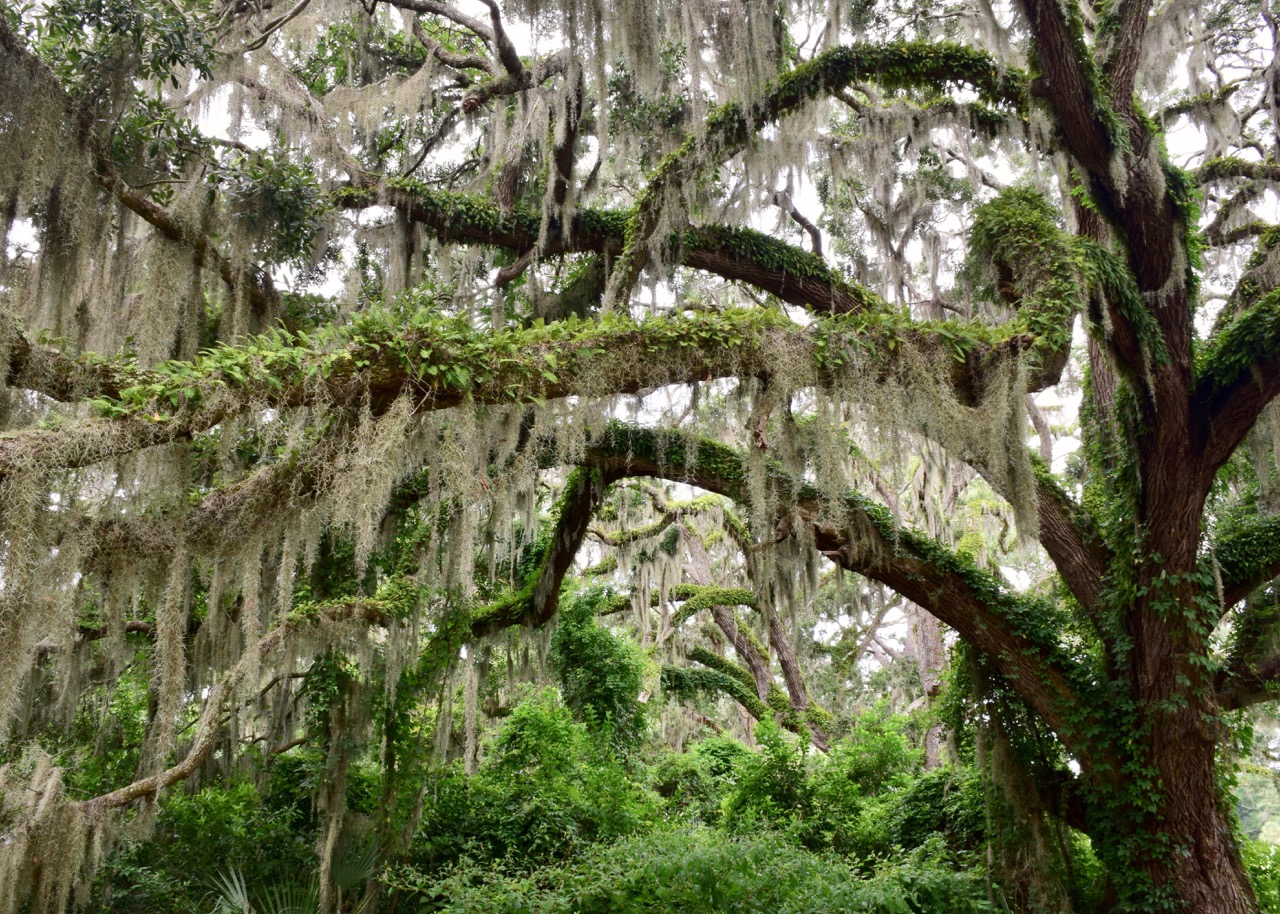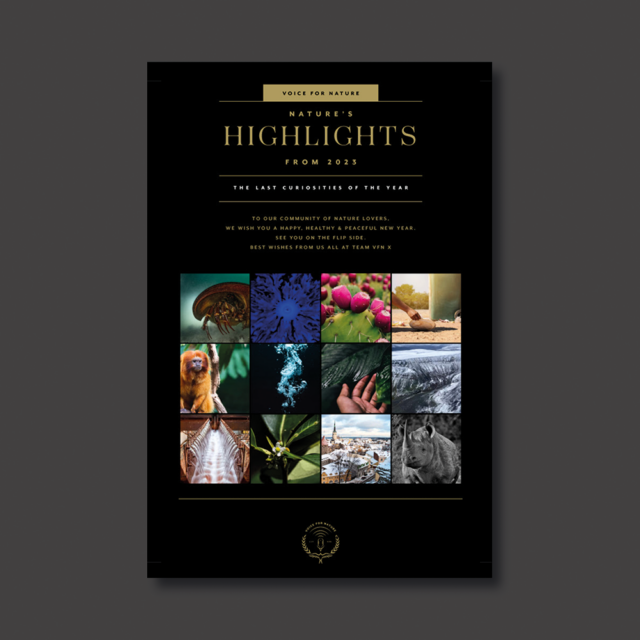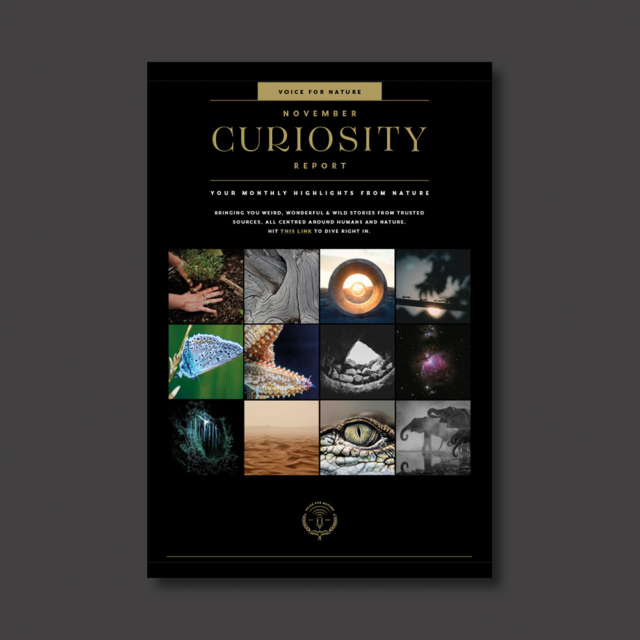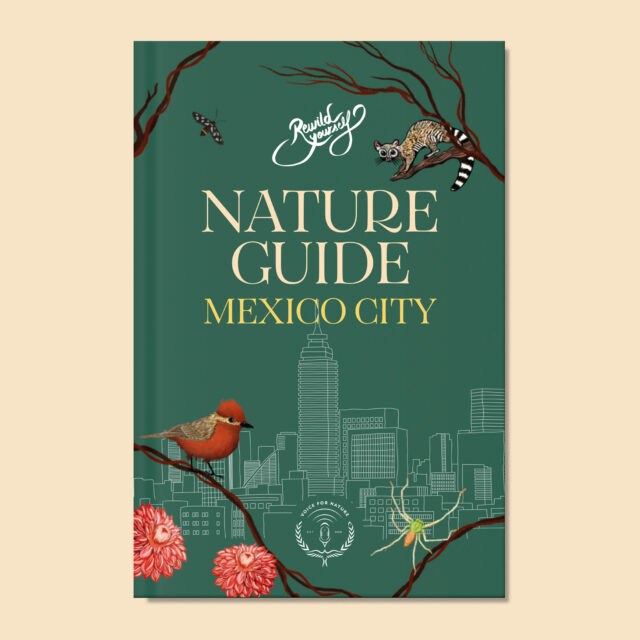Hey Nature Lover!
May 12th is International Day of Plant Health.
One of our lovely European followers asked us this question on a post of ours this week and as it’s something we find super interesting too, we thought we’d share our findings on the topic…
(Thank you @greekblueangel for getting involved!)
Question:
“Let me ask you something; I noticed that the leaves on the trees are much bigger this Spring, has to do with the weather and climate change?🌎”
Short Answer:
Yes
Long Answer:
Tree growth has been found to increase in response to the rising temperature and water availability associated with climate change. Whilst the trees absorb and therefore grow so much quicker, studies have shown that this causes trees to grow somewhat hollow; by not producing their yearly life-rings sufficiently. Air bubbles and gaps grow within the bark meaning they are vulnerable to extreme weather (wind), predators (parasitic plants, birds such as woodpeckers and sap-feeding animals) who unwittingly feed off the poor health of the tree. This means the trees have a shorter life span.
On the other hand, severe conditions, such as drought and frost, seem to increase tree lifespans. The tree retains water and slows growth, meaning their resources are only used for the most vital growth to benefit the tree.
Trees lock in vital amounts of carbon from the atmosphere and produce oxygen, therefore when they prematurely die they release their carbon back into the atmosphere, only worsening the climate change problem.
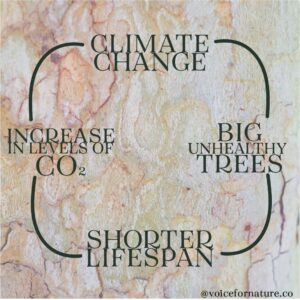
So, how can WE help?
Everyday solutions that we can implement to help reduce carbon in the atmosphere include:
- Planting more evergreen trees which grow slower and conserve their resources and preserve their carbon stores longer
- Reducing our energy use, even in the smallest amounts, such as only boiling the kettle for one or two cups of tea rather than filling it up to the top
- Eating less meat; the agriculture industry (predominantly beef) is the largest producer of carbon worldwide
- Cycling, walking and using public transport where possible instead of a car
- Taking the train for long journeys rather than flying
- Consuming local and seasonal products (forget strawberries in winter)
- Bringing reusable shopping bags and avoiding products with excessive plastic packaging
- Unplugging your phone/laptop charger when the battery is full – being connected still uses the power source (and it’ll save your pennies)
- Shopping in charity shops or online marketplaces like Depop; brand new clothes create a lot of carbon when being produced
- Turning off the tap when you brush your teeth; running clean water rinses both your water bill and the processes used to make it available
- Reuse & Recycle! Need a new microwave? Check out Gumtree UK or Craigslist USA. Save money and the environment 🙂
We hope this is useful!
What else would you like to learn? Or do you have a blog topic or point of interest? We’re always looking to share knowledge and facts! Let us know & share to your friends who might be interested! 🌿
Follow our INSTAGRAM page to join in the discussion & sign up for our newsletter below for the next edition of VOICE mag.
